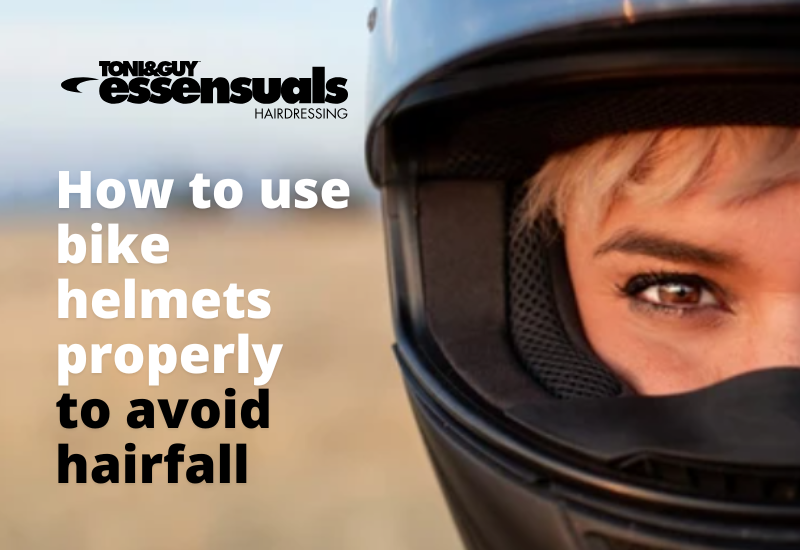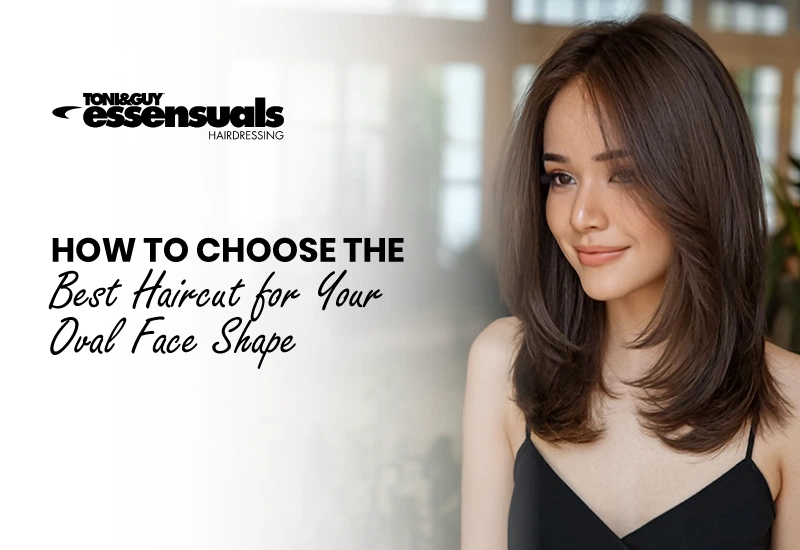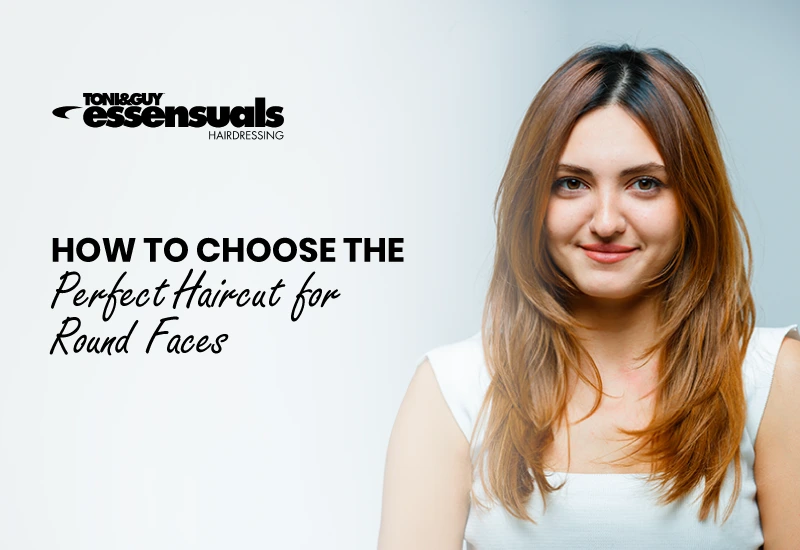Introduction
Nothing moves a bend in the knee more than bike helmets, but they’re hair destroyers when their use goes wrong. Sweat, friction, poor hygiene, and tight fit are hairfallers. Do not despair—you do not have to throw away building helmets or allow your safety to be compromised. Instead, learn some good, easy habits to keep the bike helmets in use properly and your hair strong, healthy, and stylish. Your hair deserves protection, too!
The Mechanism: Hair Loss And Helmets
Use bike helmets properly – I am Uncertain if Helmets Do Cause hair loss! While helmets don’t cause hair loss per se, poor helmet habits definitely do. Things like-
- Causing constant friction
- Trap sweat and heat
- Dirty insides
- Tight straps
Medical Explanation Behind The Hair Loss
1. Traction Alopecia
- What It Is
Traction alopecia refers to hair loss brought on by continuous pulling or tension. Tight helmets can cause this condition, particularly if the hair beneath is tied tightly.
- Why It Happens
A loose-fitting helmet causes a pull on hair strands, mostly near the forehead and temples.
2. Types Of Fungal And Bacterial Scalp Infections
- Accumulation Of Sweat And Germs
The scalp sweats if placed under the helmet. If the lining is not cleaned regularly, the fungus and bacteria thrive there.
- Typical Resulting Conditions
1. Itchy scalp
2. Dandruff
3. Fungal acne
4. Seborrheic dermatitis
How To Use Bike Helmets Properly To Prevent Hairfall
Step 1 – Get The Right Helmet
- Make It Snug But Comfortable
A helmet must be on securely but should never feel tight. A helmet which is tighter will tend to give a pull and also eventually end the blood supply to the roots of the scalp.
- Opt for Breathable Helmets
Your helmet needs to have good ventilation. Good air circulation keeps one’s scalp cool, while the air circulation acts against sweat.
- Seek for Removable Liners That Can Be Washed
Keep hygiene level up and save your hair from bacteria or fungus emanating from sweat and dirt.
Step 2 – Protect Your Hair before You Ride
- Wear a Balaclava or Cotton Scarf
It is advisable to always maintain a layer that can breathe between your scalp and the helmet. A cotton balaclava absorbs sweat, minimises friction, and safeguards your hair.
- Use Hair Serum Lightly
Light hair serum would add an extra layer of protection for your hair and help lower breakage from friction with the helmet.
- Do Hair Ties Properly
If you have long hair, keep it loose- a low braid or ponytail. Avoid high buns and tight styles that cause tension.
Step 3: Helmet Hygiene
- Washing Helmet Liners
If you shop with a helmet on a daily basis, you should wash the liner once a week or at least once a week.
- Using Antibacterial Sprays for Helmets
Between washes, keep odour and microbes at bay using one of those antibacterial sprays for helmets.
- Never Share Helmets
Lice, dandruff, and fungal illnesses can spread when helmets are shared.
Step 4: Hair & Scalp Care After Riding
- Let It Breathe
Once you remove your helmet, let your scalp breathe for a few minutes before putting anything on it.
- Cleaning Procedure
Use a brand of mild shampoo that has antifungal properties at least twice or three times every week to maintain the health of your scalp.
- Moisturising And Nourishing
Apply a lightweight conditioner to your hair and then give it a nice oil massage once every week to nourish your hair roots.
Hair-Safe Pro Tips On How To Use Bike Helmets Properly
1. Do Not Wear A Helmet On Wet Hair
Damp hair tends to be brittle and the weakest hair, and this is because it is prone to breaking. Sweating along with moisture will set the perfect ambience for fungus.
2. Use Bike Helmets Wisely
Helmet caps are specially designed for riders and work to provide better protection, moisturisers than sweat and friction on hair.
3. Steer Clear Of Hair Products That Attract Dust
Heavy waxes or greasy oils can attract grime, especially in polluted cities. Go for light, breathable formulas instead.
Lifestyle Modifications For Healthier Hair
1. Hydrate, Hydrate, Hydrate
- Strive for 2-3 litres of water a day.
- Dehydration can be detrimental to scalp health and your hair’s ability to be strong.
2. Eat A Balanced Diet
- Include protein, biotin, omega-3s, and iron in your diet so that your hair can grow healthy and not fall out.
3. Sleep Is The Key
- Do not overstress your mind, because your scalp will pay for it. Aim for a good sleep.
- It is better if it ranges between seven to eight hours of sleep per night.
Signs Your Helmet Is Damaging Your Hair
1. Ongoing Itching Or Rash
It could be a sign that your helmet is making you allergic to bacteria, germ build-up, or poor airflow.
2. Too Much Hair Inside Helmet
If you find strands of your hair consistently inside the helmet lining, you need to change your habits or possibly the helmet that’s causing the issue.
3. Receding Hairline Or Thinning Temples
Most likely classic signs of traction alopecia from tight straps or a badly fitted helmet.
Why Essensuals Are Your Hair’s Best Friend?
At Essensuals, we care for your crown as much as you do! As hair care experts, we offer tailored hair treatments, protective styling, and scalp therapy for those riders suffering from hairfall due to the physicality of riding. We realise that riders have unique solutions to hair problems and offer stylish, scientific, safe solutions. Join with Essensuals the ride, because your hair should never be under duress.
Conclusion
So, wearing and how to use bike helmets properly is not just about being safe; it is also about keeping your hair from being compromised. Above all things, when wearing your helmet, always wear a clean helmet, and a helmet with ventilation and removable-contact liners to the helmet shell. Instead of heavy oils, try using light serums or just keep your hair dry and clean before you ride. Also, don’t forget that regularly maintaining your helmet is important to the healthy state of your hair whilst riding your bike.
FAQs On How To Use Bike Helmets Properly
1. Is wearing a helmet dangerous to your hair health by causing permanent hair loss?
Hair loss is not normally permanent. If you catch it early with proper helmet use and scalp care, the fallout is reversible, but if you neglect things for too long, you will permanently damage your scalp and hair, with other issues like traction alopecia.
2. Should I oil my hair before wearing the helmet?
No! You should avoid using heavy oils before riding. Heavy oils may trap dirt and sweat. Instead, you should consider applying a serum which is light and won’t impact riding. Or use clean and dry hair when riding.
3. What is the easiest way to keep my helmet clean?
Choose one that has removable liners and wash the liners once per week. Also, use helmet sprays between washes to reduce bacteria and odours.
4. Will wearing a scarf under my helmet reduce hair fall?
Yes. Wearing a scarf made with cotton or a balaclava that is clean will provide a protective barrier, absorb sweat, and eliminate friction where breakage occurs.
5. Do helmets exist that are healthy for your hair and yourself?
Yes. Helmets with ventilation, removable washable liners, and ergonomic fit are safer for your scalp and hair



0 Comments